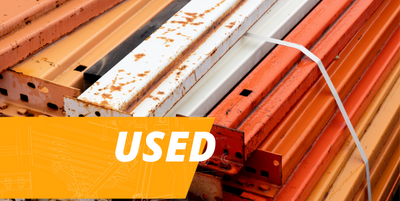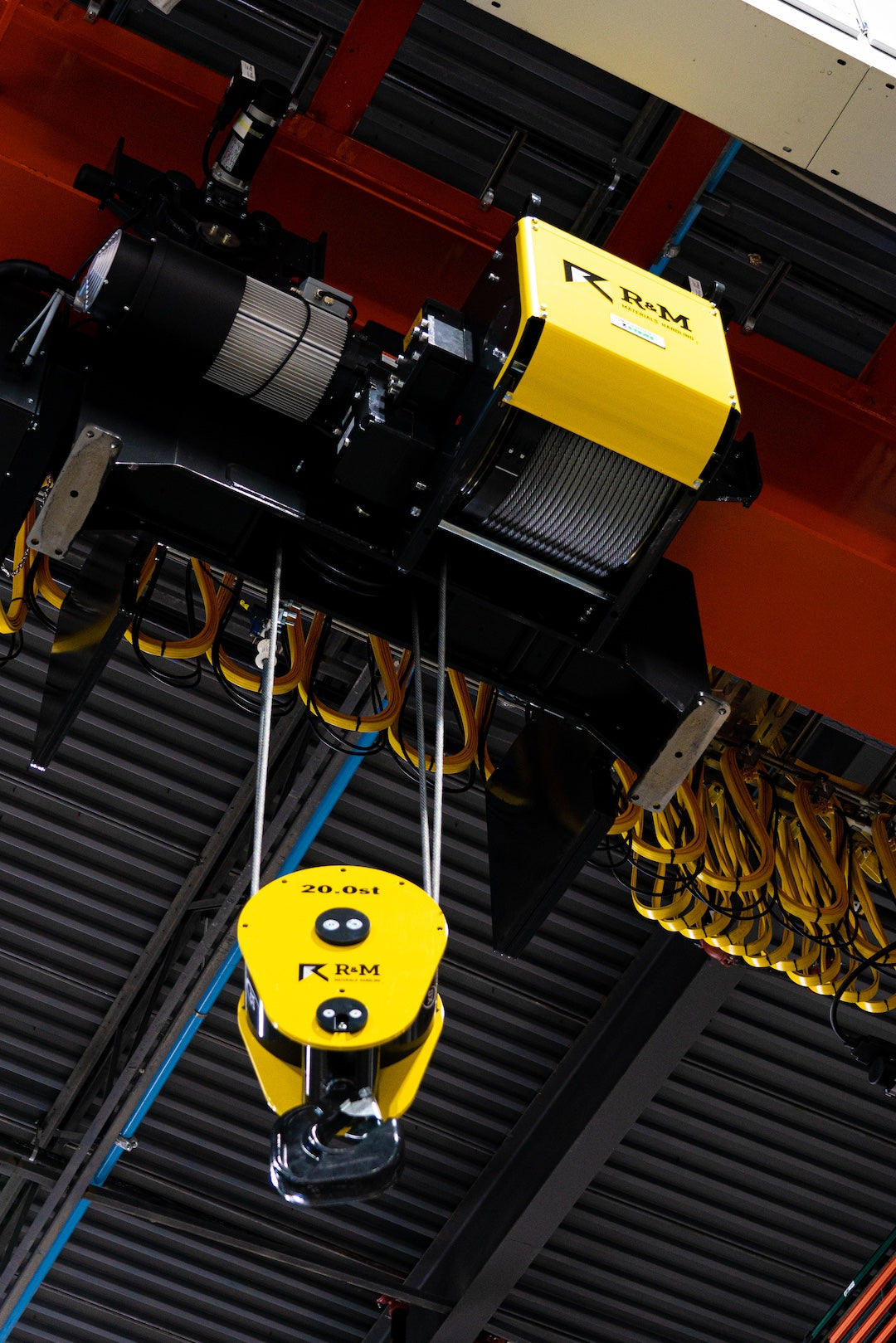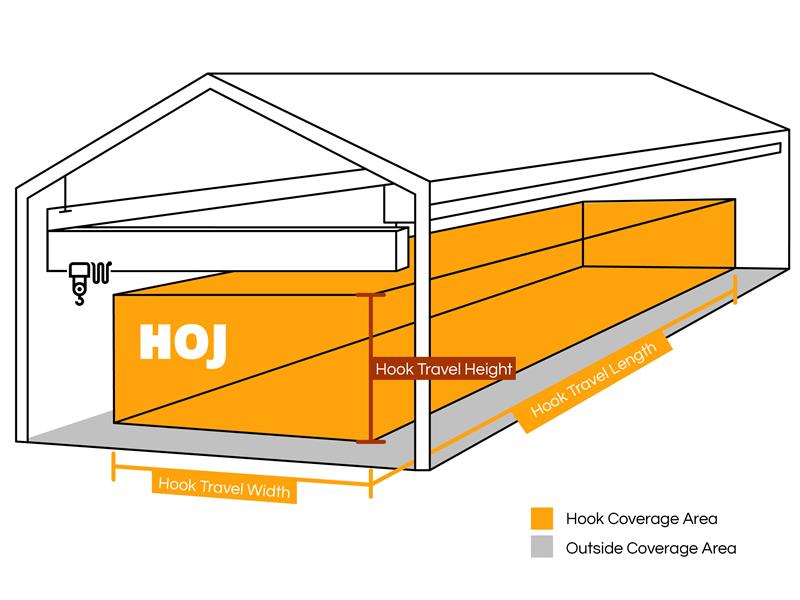Your Cart is Empty
![Utah’s First Inland Port Will Change The State Forever [Industry Perspective]](http://hoj.net/cdn/shop/articles/train_tracks_1600x.jpg?v=1643843453)
Utah’s First Inland Port Will Change The State Forever [Industry Perspective]
With consumers purchasing more than ever before, rapid shipments of goods have never been more important. But due to Covid-19, it has become increasingly difficult to get products and raw materials imported on time. There are many factors that have affected the supply chain as a whole.
One of the driving factors for this mess is the backlog at the ports, specifically in California. As of October 2021 the average dwell time for container ships waiting to dock wasabout 2-3 weeks.
This is where the concept of an inland or dry port comes in because it has the potential to relieve some of the supply chain pressure. As an added bonus, many believe it could bring added wealth and importance to Utah.
Table of Contents
How are products and imports currently cleared?
The purpose of customs is to confirm the contents of cargo, comply with legal standards of the country, check for items not declared, and collect appropriate taxes and fees.
Goods that arrive at ocean ports are classified as “custom goods.” They first must be cleared for import from the customs authority. After the goods are checked, the import taxes are paid, and all the documentation is stamped and approved, they have been cleared. Customs no longer has anything to do with those goods and they are free to be shipped to their final destination.
Typically it takes 1-3 days to unload a container ship and then another 1-2 days for products to be cleared through customs.
Why are the ports backed up?

There are many reasons for backed up ports and experts agree that a lack of available crane and dock workers during the pandemic has exacerbated this issue. Many docks have been operating at half capacity due to this reason. For example, instead of having 4 large cranes working together to unload 20,000+ cargo containers per ship, they only have 2.
In California, as of October 14th 2021, there are about60 ships in port and over 78 ships waiting to dock in port. They are restricted from docking in port because there is no room available and have essentially become floating warehouses.
In addition to the labor shortage at the ports,Quartz reported that America is also facing a massive shortage of truck drivers. It is estimated that there is a shortage of about 80,000 truck drivers nationwide.
What is an inland port?
The concept of an inland port, or “dry port”, is not new. In fact, it has been used for decades all over the world, including the United States.
An inland port simply moves the customs process “inland” to another location - such as Utah. The ports would unload the goods, stack them onto trucks or trains and then ship them to Utah to be cleared by customs.
Moving the approval process for shipments inland frees up space at the ports and the already packed storage facilities.
The situation at our ports is unprecedented and has been a huge factor in the delays of goods across the world. This new inland port would be a small way to help relieve some of the pressure that has been building at the docks since the pandemic started in early 2020.
Who currently uses inland ports?
As previously stated, inland ports are not a new idea. They have succeeded in numerous other key locations across the country and world.Some of which include Kansas City, Missouri, Greenville South Carolina, Cape Town Africa, and Coslada Madrid.
Is Utah the perfect place for an inland port?
Utah has been known as the “crossroads for the west” since 1869 when the “Golden Spike” was driven in celebration of the completion of the transcontinental railroad at Promontory Summit, Utah.

Utah still holds that title. With an international airport, rail lines, and other important infrastructure, it’s a perfect location for an inland port.
An opinion piece at the Deseret News stated “The logjam at California seaports impacts Utah every day. To say it plainly: We are trying to shove too much stuff through a too-small pipe. The existing “pipe,” which is the gateway for the majority of everything we consume, is broken.”
In essence, this new dry port in Utah would help fix the existing pipe and add to it, thus future-proofing it all in one move.
Benefits of an inland port in Utah?
In addition to relieving pressure at the ports, there are many benefits for Utah as a whole if an inland port is actually constructed. Some of which are...
First anincreased flow of goods. The bottleneck at the ports is a huge issue and it looks like the ramifications of the bottleneck will continue into late 2022.
The dry port would make Utah one of the centers of commerce, enriching its citizens and the world around it.
Second, makeUtah more attractive to manufacturers. Utah has been growing at an astonishing rate and has greatly added to the number of warehouses and businesses currently operating in the valley. Salt Lake City is already considered one of the highest inventory-dense cities by population.
Industrial real estate around Salt Lake City is in high demand with only a 1.9% vacancy rate and net absorption of 2,547,354 SF in Q4 of 2021. The port would provide another reason for small and large businesses to invest in Utah.
The increased flow of goods would further add to the attractiveness of Utah when it comes to manufacturing. Easily export your goods across the country or internationally because the port authority, interstate highways, international rail lines, and an international airport are all in one location.
Third, increase the number of jobs. The inland port will take up a total of about 16,000 acres of land just west of the SLC airport. With the number of warehouses already planned for construction in that area, you can expect this project to create thousands of jobs. In fact, approximately 58,781 jobs will be added to the job market.
These will be truck drivers, crane operators, project managers, government officials, warehouse managers, train conductors, rail operators, and many more.
Fourth, increased GDP. With an increase in the number of jobs and goods produced within Utah comes an increase in GDP (Gross Domestic Product).
It is estimated that$1.2 billion will be added to the state's GDP. An inland port in Utah will speed up the flow and transportation of cargo between ships, and transportation to and from those ships.
The port would move the time-consuming process of approving and sorting cargo from the seaports to Utah. An intricate network of roads and rail lines (which Utah already has in place) is essential to make this process a reality.
Concerns for an inland port
First, worsened air quality Utah is already infamous for its bad air quality. According to Fox13now as of August 06, 2021, it is ranked as one of the worst in the world. Activists claim that adding an inland port will only make that issue worse.With the increase of jobs that the port will bring, it will also increase the number of trains and trucks significantly.
According to theSalt Lake Tribune, the dry port would create about 11,600 new truck trips and about 23,000 extra car trips every single day. This traffic would affect both I-80 and I-15.
As a side note, Utah’s pollution problem is estimated to shortenlives by 2 years.
Second, increased traffic congestion. The new port will significantly increase the number of cars and trucks on the road. I-15 is already known for its bad traffic and the amount of traffic will only get worse. The two areas most prone to traffic build-up are most likely the ones where the dry port will be closest.The number of vehicles passing through those areas ranges from 120,360 to 179,510 per day.
Obviously, another 11,000 tractor-trailers and 23,000 cars won’t make congestion or the pollution problem any better without serious infrastructure improvements.
Third, adverse environmental effects.With a planned 16,000 acre buildout just west of the Salt Lake City International Airport, air quality will most certainly worsen.

Map of current planned location for the Utah dry port. See the full interactive maphere
According to local activists, the ecosystem of the Great Salt Lake is already stressed and they worry that the creation of the inland port could further disrupt the ecosystem.
Utah Inland Port Authority Values
The Utah Inland Port Authority or UIPA has 3 core values in their mission that they plan to implement to address the concerns raised by local activists.
Sustainabilitycomes first. The current UIPA is highly aware of the concerns about building the inland port. They have included “Sustainability” as one of their top values. They have promised to embrace new technology such as electric vehicles and renewable energy.
Collaborationcomes next. The Utah Port Authority is committed to collaborating with industry leaders and stakeholders to transform Utah into the crossroad of the world.
Next is Creativity. They plan to start by building the inland port with new and emerging sustainable technology instead of having to update the old tech years down the road.
The key to sustainable economic development is using new green tech to reduce the ecological footprint.
What is the timeline?
The inland port is currently in the pre-construction phase of development.
No official completion date has been announced. However, theirwebsite shows a 5-year strategic business plan.
Summary
Like in 1868, Utah is at a crossroads in its development once again. The continual growth that Utah has seen in the past decade is incredible and it has the potential to keep up that progress well into the future.
Economically, Utah has much to gain from the investment into an inland port. It has the potential to spur local business growth as well as attract many large manufacturers.
But is it the best choice for our physical and ecological well-being? Only time will tell if the promises and values set forth by the UIPA will make a difference as they claim it will.
Check out the UIPA video below or theirFAQ Page to learn more about Utah’s first dry port.
Utah Inland Port Authority (UIPA)
AtHoj Innovations we’ve played a big part in Utah’s development by supplying companies with warehousing materials, equipment, and logistics for over 50 years.
We provide the most up-to-date racking, forklifts, conveyor, inventory management software, and logistics solutions on the market today.
Through constant innovation, top-notch customer service, and a culture of integrity, we have become the most effective and impactful distributor of warehouse products and solutions in Utah.
Check out this review of the job Hoj Innovations did for Pitman Creek - Wholesale.
The shipping process, racking, conveyor, and WMS of Hoj Innovations work together seamlessly to help them have the best shipping experience possible and allow them to grow without worry.
Contact us today if you are interested in your own personalized warehouse solution.









